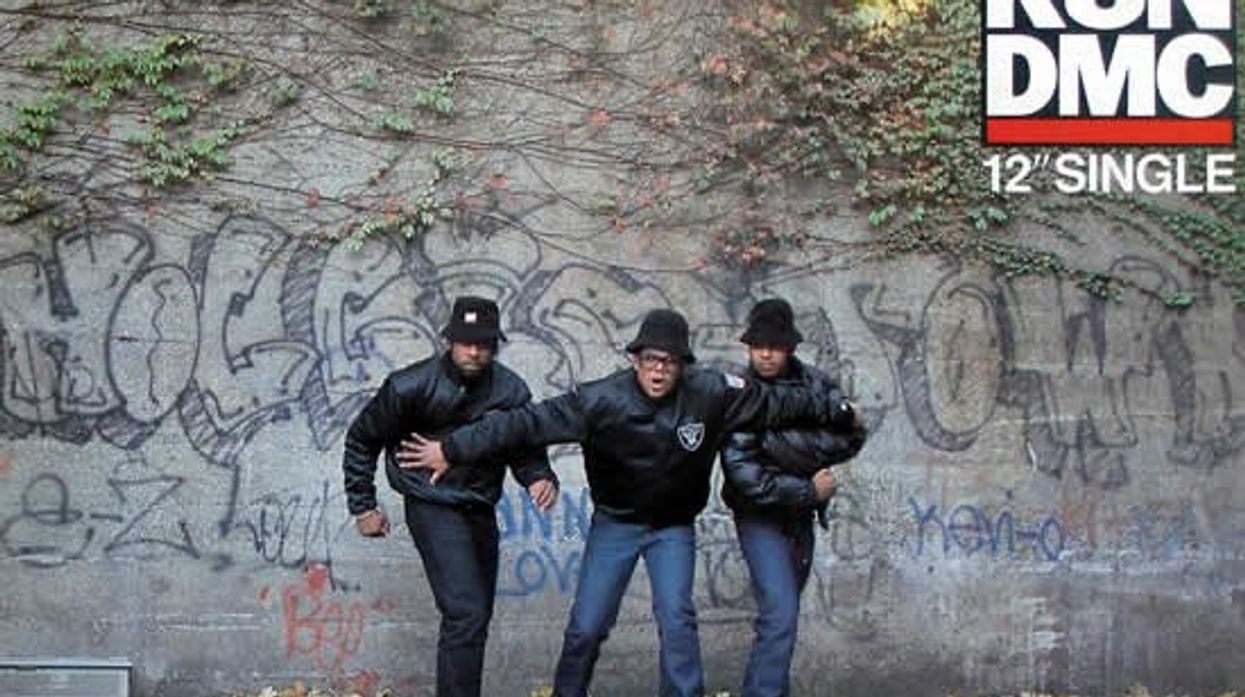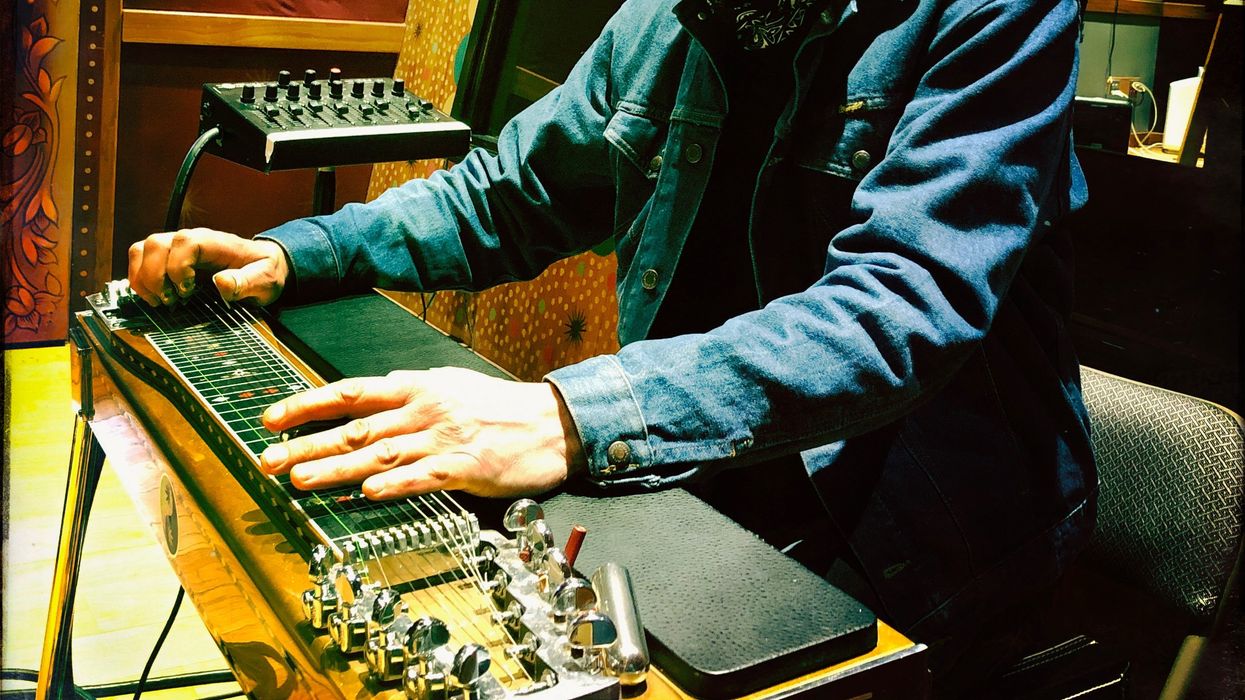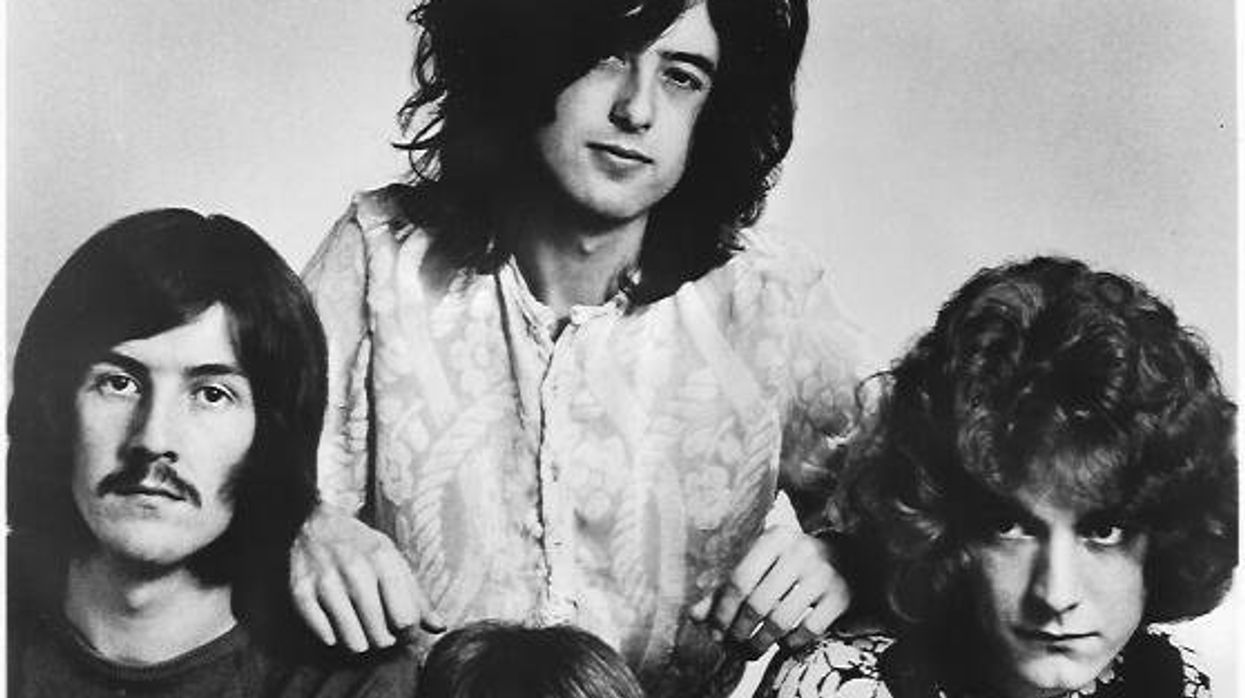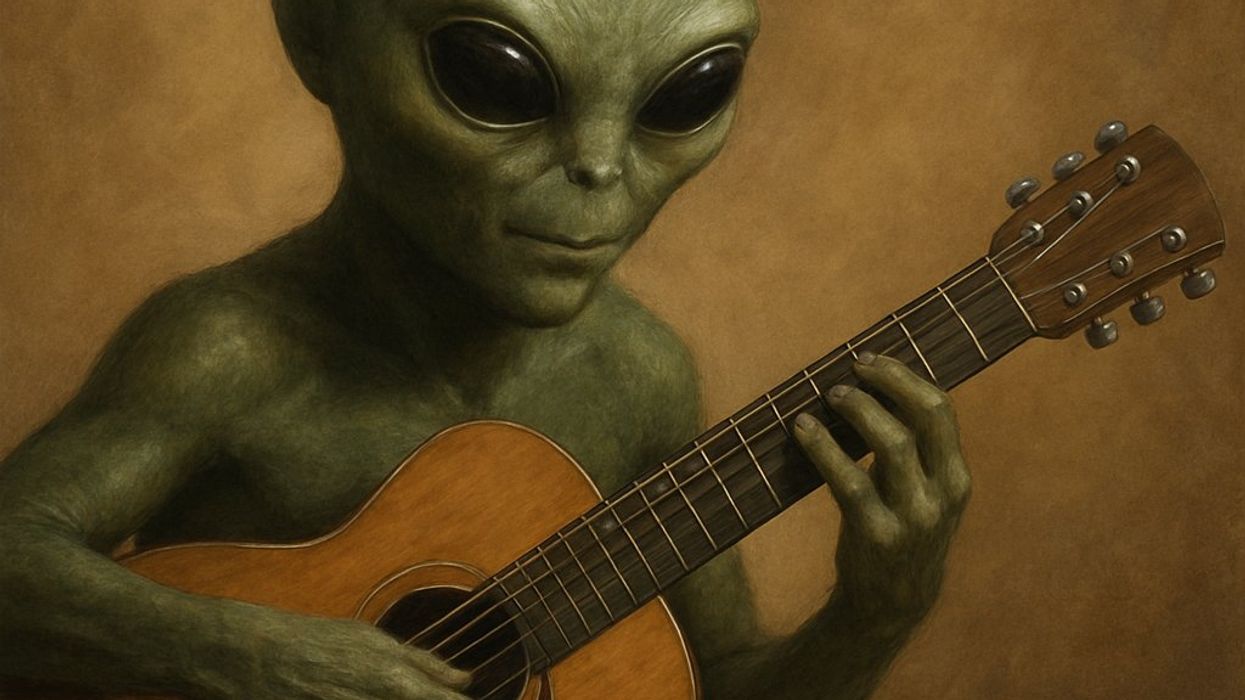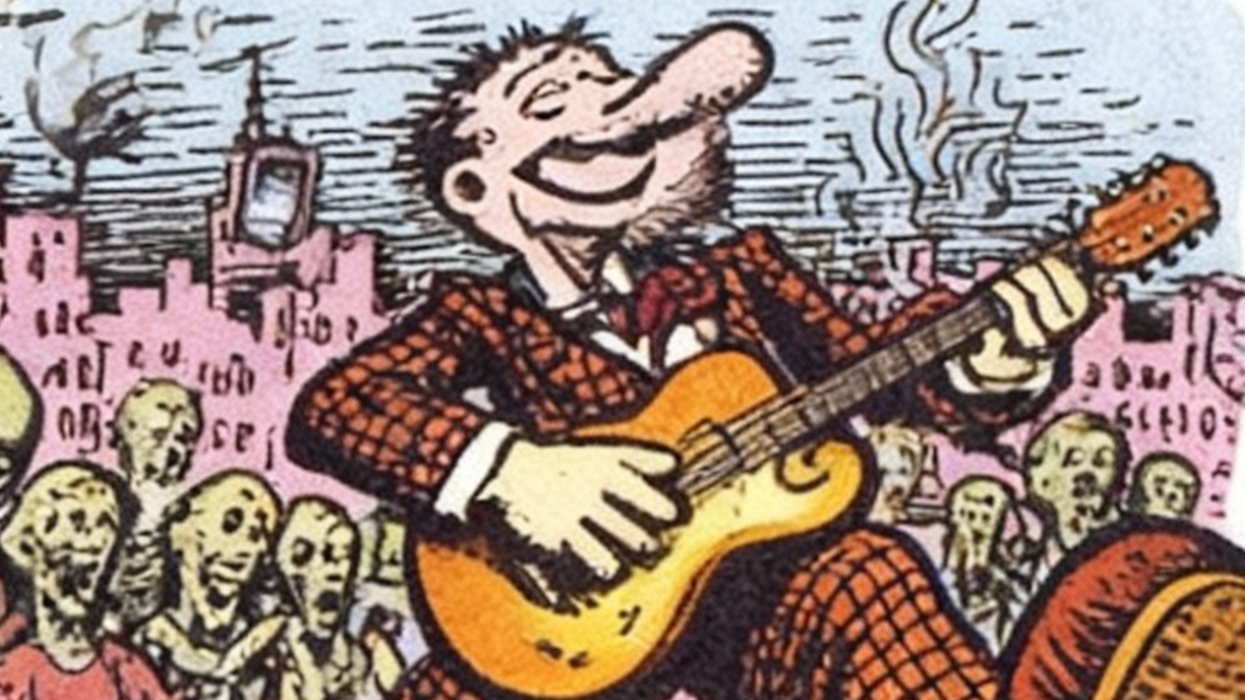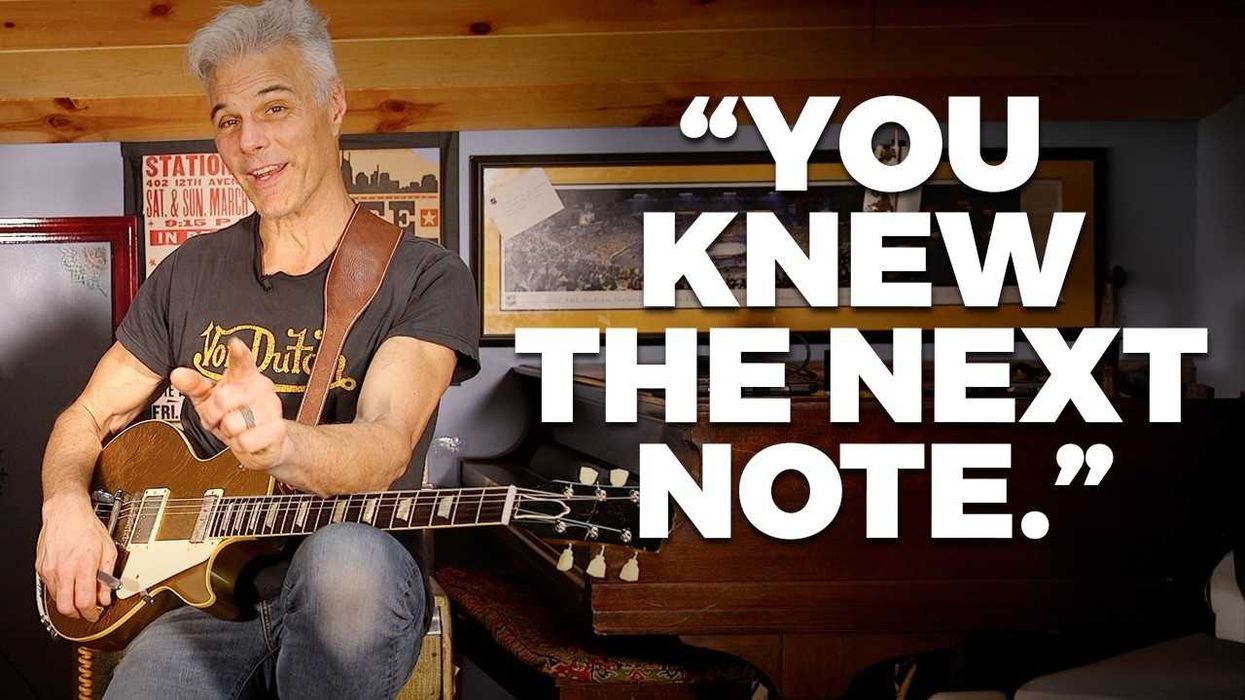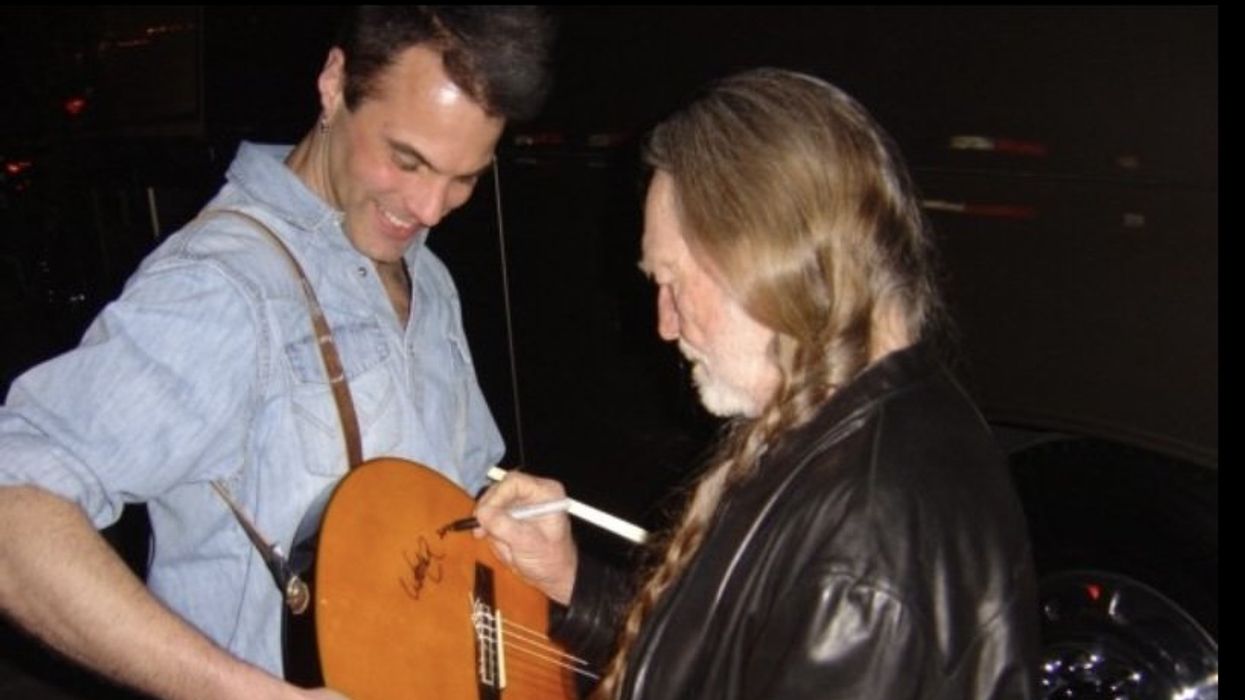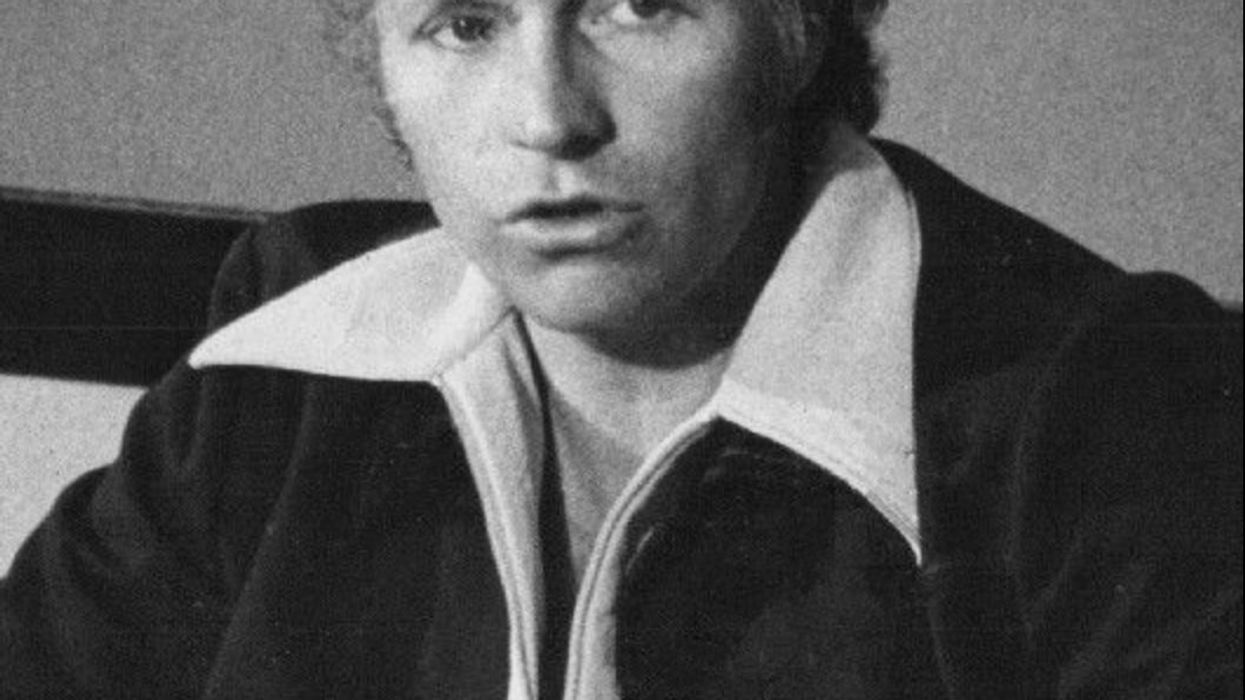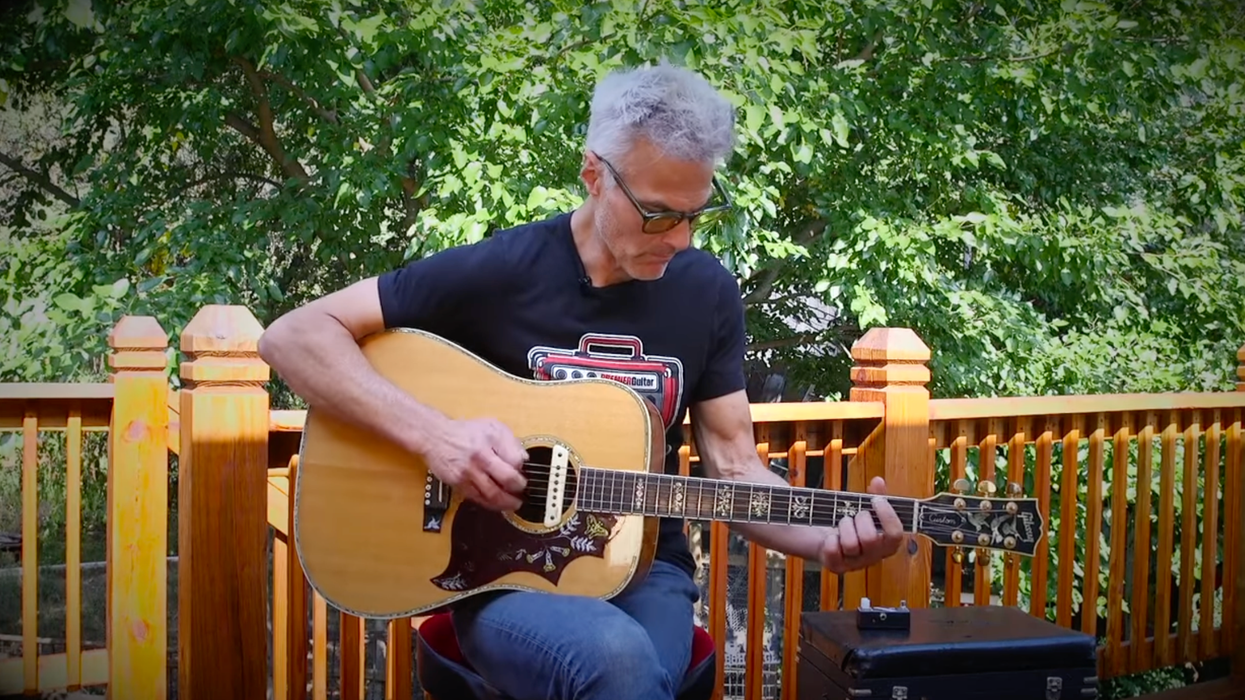In 1986, my friend Jon Small produced the video for Run-DMC and Aerosmith’s version of “Walk this Way.” Small starts the video with Aerosmith loudly jamming in a rehearsal space with an annoyed Run-DMC shouting from the adjacent room, “Turn that noise down, man.” When DMC realizes they can’t get around it, they have to get into it.
They rap the first verse, and then Steven Tyler breaks down the wall between the rooms and joins Run-DMC on the chorus. The metaphor is pretty brilliant, tearing down the wall between hip-hop and rock, tearing down cultural walls and unifying two audiences that seem totally different but are way more similar than anyone suspected.
Tyler, being a drummer at heart, wrote the lyrics with this perfect percussive flow that was essentially rap before rap was rap. Tyler also peppered the lyrics with double entendre, which became a huge part of hip-hop.
“Walk This Way” was 10 years old at the time, and Aerosmith had been through it all. The band's drug use had taken its toll. Joe Perry and Brad Whitford had both quit and rejoined, labels were skeptical, and radio was ignoring them. But this crossover collaboration reached No. 4 on the Billboard Hot 100, and its frequently aired video resurrected Aerosmith’s career by introducing the band’s music to a new generation. It also paved the way for a melding of rock and hip-hop in the hands of acts like Rage Against the Machine, Kid Rock, the Red Hot Chili Peppers, and all the others who jumped into these blurred lines created by this collaboration.
Music is inherently a collaboration. In every band, orchestra, duo, etc., players join together to achieve a common goal. Even if you’re a soloist, your arms, legs, and fingers are doing wildly different, complicated tasks separately while working together, hopefully in harmony. The best collaborations happen when the energy/talent/spirit/personality jell in such a way that it brings the best out of everyone, creating work that neither party could have done alone. Beatles, Stones, Aerosmith … none of the members’ solo work is as good as the band collaborations that made their careers.
Collaborations go the other way as well, like those big, epic closing jams at a concert, where 5 to 15 guitarists get on stage and each player tries to kick the ass of the person soloing before them. They usually turn into an unwatchable dweedlely-dweedle wank fest. A three-diva sing off is equally torturous: no melody, all riffs. That’s ego getting in the way of being part of something bigger than you. That’s why most supergroups are usually less than super. But great artists thrive with collaboration.
“Iggy Pop seems like a feral animal compared to elegant Bowie, and yet the two wrote and produced a ton of legendary music together throughout the ’70s and ’80s.”
One of the attributes that made David Bowie such a next-level talent was his love of collaboration, particularly with artists who were so different from himself. Bowie’s hit “Fame” was a collaboration with John Lennon. One of my favorite Christmas songs is Bing Crosby and Bowie’s “The Little Drummer Boy.” In 1981, Bowie and Queen were both recording their own projects at Mountain Studios in Montreux, Switzerland. This led to Queen inviting Bowie to sing on a track, which led to an impromptu writing/recording session, which led to the creation of “Under Pressure.”
Bowie brought in a young and unknown Stevie Ray Vaughan to be the rude, angry counter to Nile Rodgers’ slick and funky rhythm on “Let’s Dance.” Iggy Pop seems like a feral animal compared to elegant Bowie, and yet the two wrote and produced a ton of legendary music together throughout the ’70s and ’80s. Together, they served each other as perfect foils.
Clapton’s guitar weeping over George Harrison’s “While My Guitar Gently Weeps,” Eddie Van Halen’s rearranging Michael Jackson’s “Beat It” then laying down his iconic solo over the new section, or more recently, Bonamassa’s guitar driving under Glenn Hughes’ soaring vocals and Jason Bonham’s thunder with Black Country Communion’s new single, “Stay Free,” collaboration can take it to places where no one has gone before.
When I moved to Nashville 32 years ago, a writer told me this town was built on collaboration; it’s all co-writing, jamming, working together on life’s never-ending art project. Not only do you get a fresh direction in your work, but your chances of success double when two people are working on promotion rather than doing it all alone. The best part is the relationships you form. As your peer group comes to power, you all help each other along the way.
There are two collaborations I would love to see happen:
Ultimate collab #1:
Jack White and Jack Black. They are already friends. Both have an over-the-top, theatrical delivery. The project name options are numerous and brilliant. Call this unholy union “Jack White and Black” or “Jack Jack White Black.”
Ultimate collab #2:
Marcus King and Kingfish. Both brilliant guitarists deep in the blues/rock world, but with sophisticated jazz leanings. Both sons of the South. Proposed name: Marcus King Fish.
Marcus, Chris, Jack, and Jack, if you are reading this, know that your audience awaits with eager anticipation.


